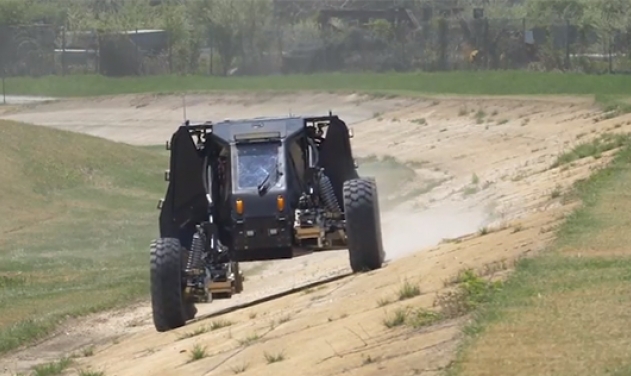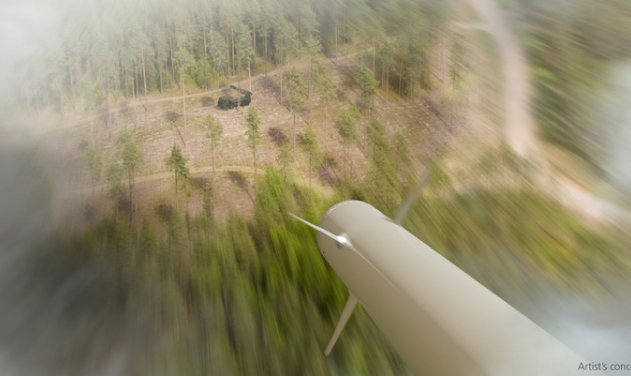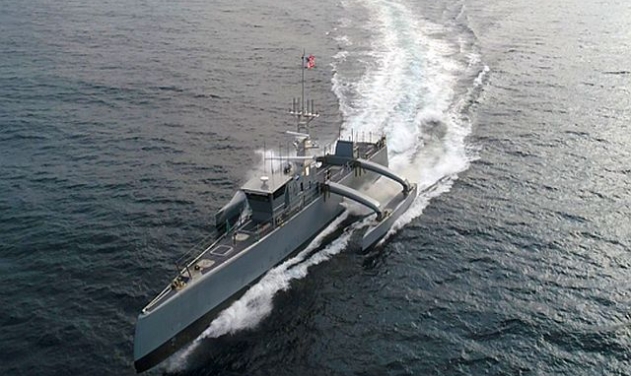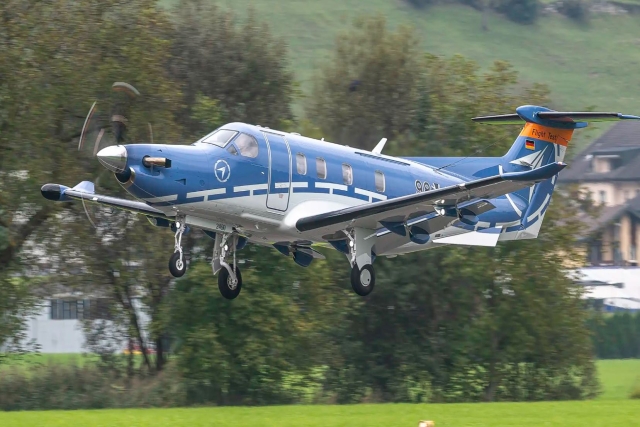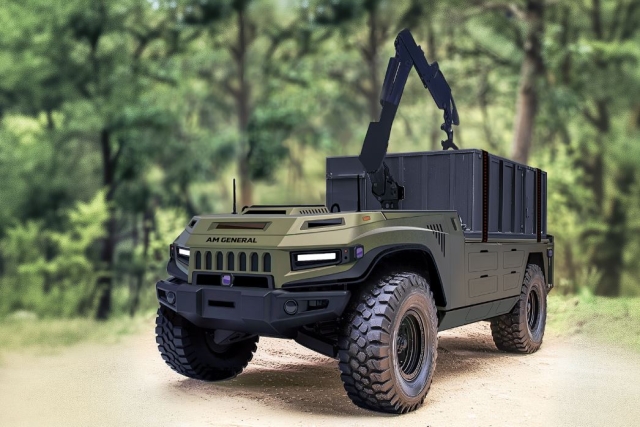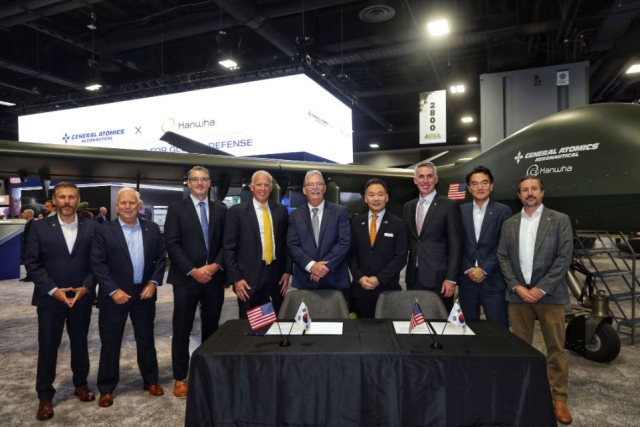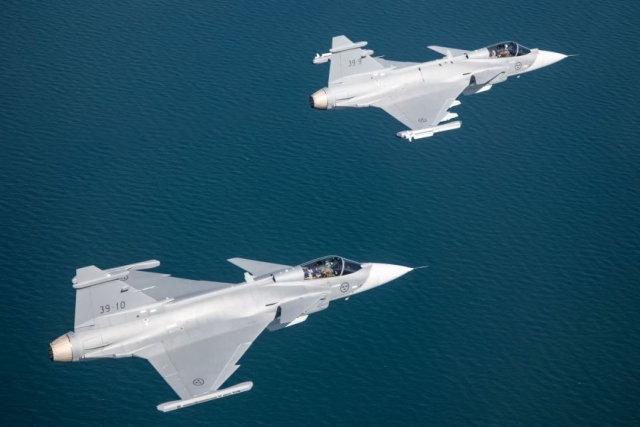DARPA, Lockheed Martin Demo Connected Warfighter Network Approach
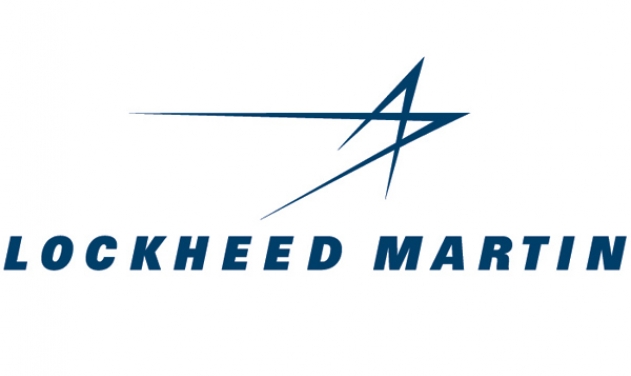
Lockheed Martin and the Defense Advanced Research Projects Agency (DARPA) recently performed a series of flight tests demonstrating how a system of systems (SoS) approach enables seamless – and rapid – integration across air, space, land, sea and cyber in contested environments.
The demonstrations held at the Naval Air Warfare Center in China Lake, California, were part of a five year DARPA program called System of Systems Integration Technology and Experimentation (SoSITE). The flight tests demonstrated interoperability between a ground station, flying test bed, a C-12 and flight test aircraft, and proved the ability to transmit data between those systems using STITCHES, a novel integration technology.
The test used the LM Skunk Works developed Enterprise Open System Architecture Mission Computer version 2 (EMC2), known as the "Einstein Box," as the open computing environment, providing security protections between systems. The Einstein Box enables rapid and secure experimentation before deploying the capability to operational systems. The team successfully demonstrated the ability to automatically compose and transmit messages between systems, including those using legacy datalinks, the first use of Non-Enterprise Data Links to create new, rich information exchanges in-flight through Link-16, enabling greater speed, agility, modernization and effectiveness, the ability to link ground based cockpit simulators with live aircraft systems in real time to demonstrate how a SoS approach reduces the data-to-decision timeline; and integration between the APG-81 radar, currently used on the F-35, and DARPA's Automatic Target Recognition software to reduce operator workload and to create a comprehensive picture of the battlespace.
"The successful demonstrations focused on advancing integration technologies to increase capabilities of systems in operation today, enabling our warfighters to use those systems in unexpected ways," said Justin Taylor, Lockheed Martin Skunk Works Mission Systems Roadmaps director. "The SoS approach is essential for allowing U.S. forces to rapidly reconfigure systems and prevail over any threat."
The project was led by Lockheed Martin Skunk Works in partnership with the U.S. Air Force and support from industry partners Apogee Research, Northrop Grumman, Lockheed Martin Missiles and Fire Control, BAE Systems, Phoenix Flight Test, General Dynamics and Rockwell Collins.
